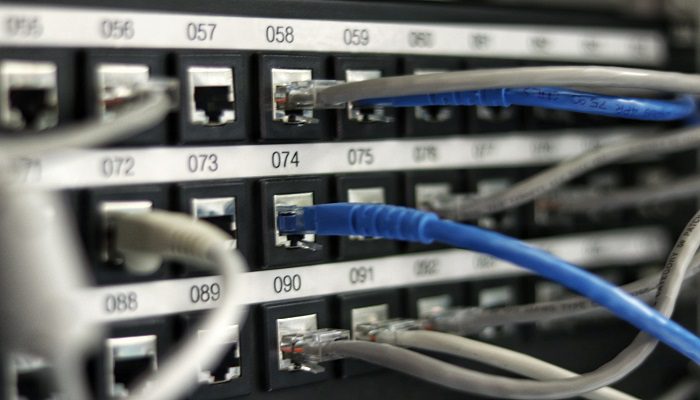What are the purposes for which computer networking is used? There are many, and some of them include gaming in which computer networking is a key component, email servers, internet access, and other applications which require the use of certain protocols such as ICMP or UDP for instance. A computer network therefore is a collection of computers which use a set of various common communication protocols on computer networks for the purpose of sharing information or resources found on or given by the central network nodes. The central computer network may be divided into logical networks, also known as logical layers, which include a single computer system, multiple computer systems connected via routers and hubs, and other computer systems which may be either stored on-site or remotely located.
With regards to physical computer networking, there are certain devices such as hubs and switches which allow for fast and secure data transfers over a network. Hubs and switches are often found in large office buildings and contain several computers all functioning together. They are sometimes powered by AC or DC sources, and can either be built into large offices or remotely located. Switches are generally used in smaller offices where power is not an option. Hubs and switches can be configured using either Windows or Linux-based operating systems.
It is important to understand that computer networking encompasses much more than just the devices previously mentioned, as this term is now a part of the overall field of information technology. Computer networking has the leading role in supporting email, file sharing, and remote computing, which are three of the most popular activities among Internet users today. It is also widely used in the field of electronic commerce wherein transactions between two or more entities are securely performed through networks, including the Internet. Computer networking is also used to support telephony, video conferencing, online gaming, instant messaging (IM), and other similar activities.
Today’s modern IT environment is constantly confronted with new challenges, such as those brought about by viruses, worms, and hackers. The need for faster and easier sharing of information has forced organizations to develop computer networking technologies that make it possible for computers to communicate with one another without being compromised. Traditionally, networking has been a complex process involving many different pieces of equipment that usually required substantial investment. This has made it very expensive for smaller companies and universities to establish computer systems, making it difficult for them to make use of new technologies and attract the business of larger businesses and corporations.
Advances in chip and server design have made it possible to build very efficient networks using off-the-shelf components. With the advent of the Internet and its attendant technologies, it has become relatively easy for companies and organizations to utilize their local area networks (LANs) and wireless networks without the need for substantial investments. These developments have brought about a change in the way computer networking is done, making it much more flexible and practical for small and medium-sized businesses to compete with large ones. Computer networking has also brought about new employment opportunities for these professionals.
One major advantage of computer networking lies in the fact that it lets computers in different locations communicate with one another. Wireless network technology allows users to connect to computers not only within their own buildings but also to those located in other areas, greatly simplifying the process of data transfer. Another advantage is the fact that it provides greater scalability than the LAN and WAN. For instance, because wireless networking relies on the Internet itself, it is inherently scalable, which means that companies can use the Internet as a source to improve their networks’ performance.




































